|
Internet penetration in European countries in 2014
as a percentage of a country's population[20]
Future
About 48% of the world's population uses the Internet.[21] In 2015, the International Telecommunication Union estimated about 3.2 billion people, or almost half of the world's population, would be online by the end of the year. Of them, about 2 billion would be from developing countries, including 89 million from least developed countries.[22][23]
See also
References
- ↑ "Individuals using the Internet 2005 to 2014", Key ICT indicators for developed and developing countries and the world (totals and penetration rates), International Telecommunication Union (ITU). Retrieved 25 May 2015.
- ↑ "Internet users per 100 inhabitants 1997 to 2007", ICT Data and Statistics (IDS), International Telecommunication Union (ITU). Retrieved 25 May 2015. Archived May 17, 2015, at the Wayback Machine.
- 1 2 "Total Midyear Population for the World: 1950-2050", International Programs Center for Demographic and Economic Studies, U.S. Census Bureau. Retrieved 24 May 2014.
- 1 2 3 4 ICT Facts and Figures 2005, 2010, 2014, Telecommunication Development Bureau, International Telecommunication Union (ITU). Retrieved 24 May 2015.
- 1 2 "Percentage of Individuals using the Internet 2000-2012", International Telecommunications Union (Geneva), June 2013, retrieved 22 June 2013
- ↑ "Internet Population and Penetration 2011", Information Geographies at the Oxford Internet Institute.
- ↑ "Fixed (wired)-broadband subscriptions per 100 inhabitants 2012", Dynamic Report, ITU ITC EYE, International Telecommunication Union. Retrieved on 29 June 2013.
- ↑ "Active mobile-broadband subscriptions per 100 inhabitants 2012", Dynamic Report, ITU ITC EYE, International Telecommunication Union. Retrieved on 29 June 2013.
- ↑ "Broadband affordability", Information Geographies at the Oxford Internet Institute.
- ↑ "Internet host count history", Internet Systems Consortium, accessed September 2011
- ↑ Stöcker, Christian; Horchert, Judith (2013-03-22). "Mapping the Internet: A Hacker's Secret Internet Census". Spiegel Online.
- ↑ Kleinman, Alexis (2013-03-22). "The Most Detailed, GIF-Based Map Of The Internet Was Made By Hacking 420,000 Computers". Huffington Post.
- ↑ "Internet Census 2012: Port scanning /0 using insecure embedded devices", Carna Botnet, 2012
- ↑ "Usage of content languages for websites". W3Techs.com. Retrieved 26 April 2013.
- ↑ "Number of Internet Users by Language", Internet World Stats, Miniwatts Marketing Group, 31 May 2011, accessed 22 April 2012
- ↑ OpenNet Initiative "Summarized global Internet filtering data spreadsheet", 8 November 2011 and "Country Profiles", the OpenNet Initiative is a collaborative partnership of the Citizen Lab at the Munk School of Global Affairs, University of Toronto; the Berkman Center for Internet & Society at Harvard University; and the SecDev Group, Ottawa
- ↑ Due to legal concerns the OpenNet Initiative does not check for filtering of child pornography and because their classifications focus on technical filtering, they do not include other types of censorship.
- ↑ "Internet Enemies", Enemies of the Internet 2014: Entities at the heart of censorship and surveillance, Reporters Without Borders (Paris), 11 March 2014. Retrieved 24 June 2014.
- ↑ Internet Enemies, Reporters Without Borders (Paris), 12 March 2012
- ↑ Source; InternetWorldStats for countries of Europe, Asia updated for November 30, 2015
- ↑ http://www.internetworldstats.com/stats.htm
- ↑ http://www.bbc.com/news/technology-32884867
- ↑ http://www.itu.int/en/ITU-D/Statistics/Documents/facts/ICTFactsFigures2015.pdf
External links
- "ICT Data and Statistics", International Telecommunications Union (ITU).
- Internet Live Stats, Real Time Statistics Project.
- Internet World Stats: Usage and Population Statistics, Miniwatts Marketing Group.
- "40 maps that explain the internet", Timothy B. Lee, Vox Media, 2 June 2014.
- "Information Geographies", Oxford Internet Institute.
- "Internet Monitor", a research project of the Berkman Center for Internet & Society at Harvard University to evaluate, describe, and summarize the means, mechanisms, and extent of Internet access, content controls and activity around the world.
|
|---|
| | Sovereign states | |
|---|
| States with limited
recognition |
- Abkhazia
- Kosovo
- Nagorno-Karabakh
- Northern Cyprus
- South Ossetia
- Transnistria
|
|---|
| Dependencies and
other territories | |
|---|
Internet in Oceania |
|---|
| | Sovereign states | |
|---|
| Associated states
of New Zealand | |
|---|
| Dependencies
and other territories | |
|---|
|
|---|
| | Indices | |
|---|
| | Internet | |
|---|
| | Phones | |
|---|
| | Other | |
|---|
| |
|
|---|
| | Africa | |
|---|
| | Asia | |
|---|
| | Europe | |
|---|
| | North America | |
|---|
| | Oceania | |
|---|
| | South America | |
|---|
|
|---|
| | Censorship of | | |
|---|
| | Censorship by | |
|---|
| | Websites blocked in | |
|---|
|
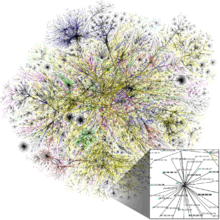


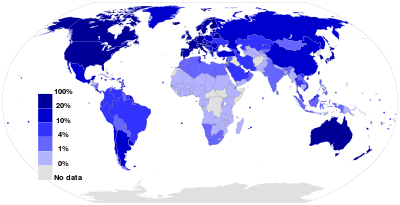


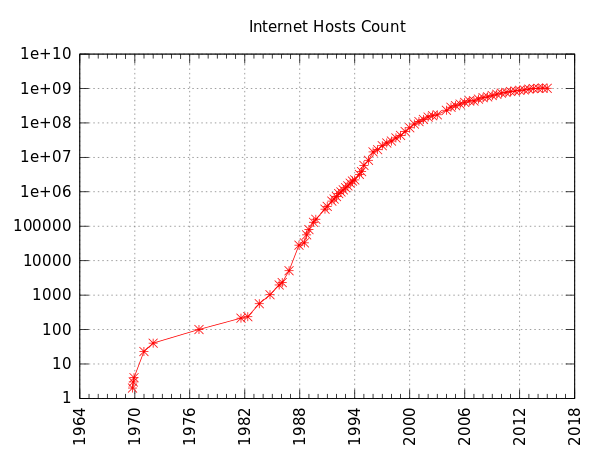
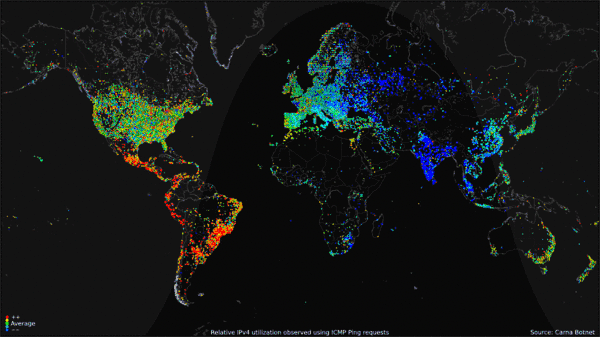
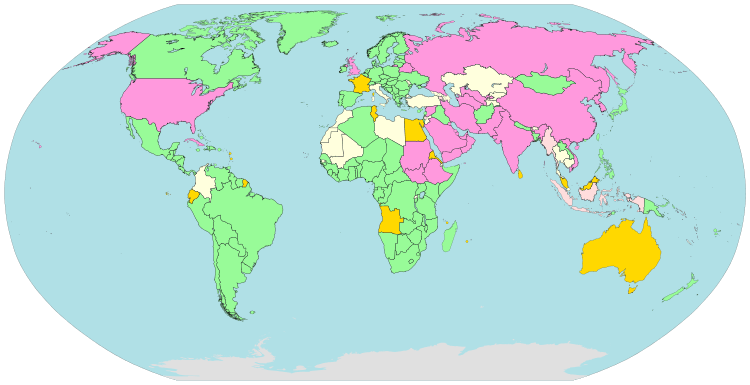


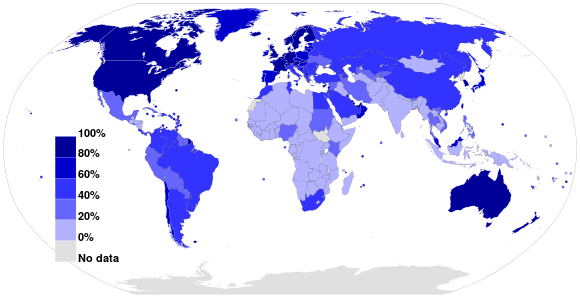
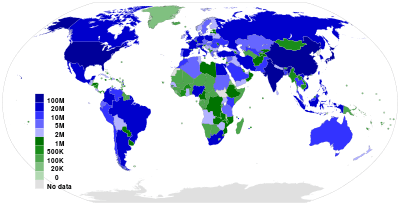


.svg.png)
